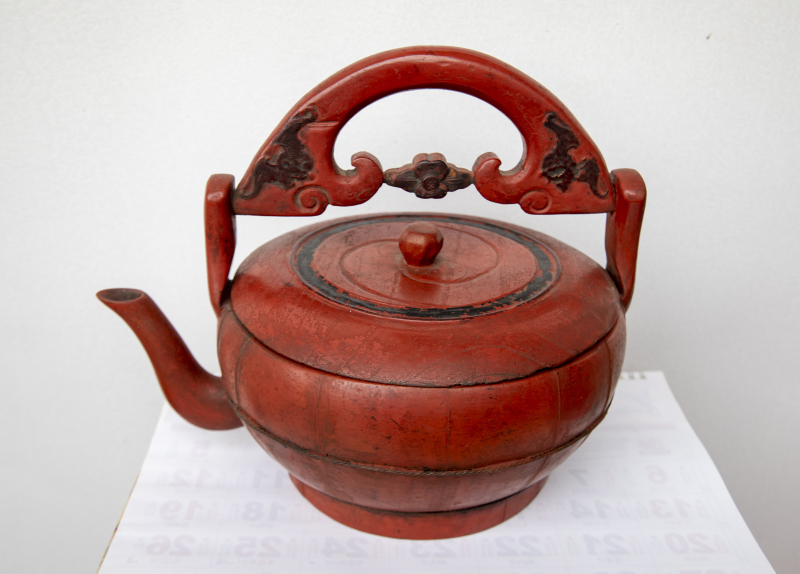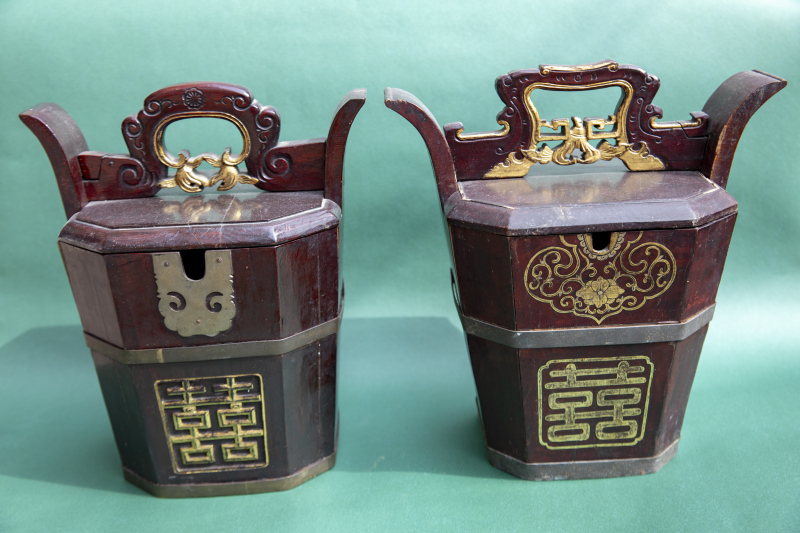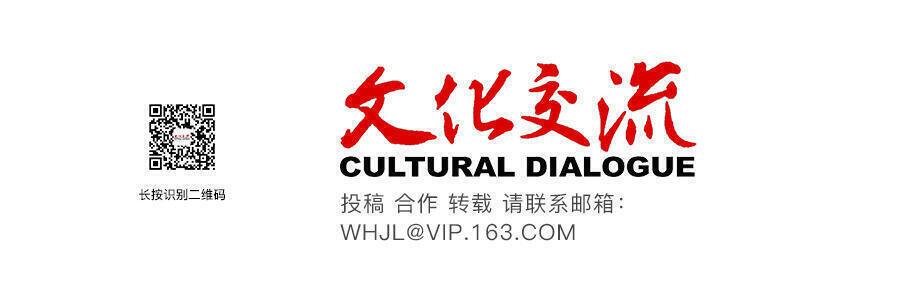Tea plays a crucial part in important ceremonies across China. The tradition has been around since ancient times. Specifically, tea is a ceremonious part of weddings, featuring the cultural beauty of tea.

Tea as Gift for Proposal and Engagement
In history, tea was part of the dowry Princess Wencheng of the Tang Dynasty (618-907) brought to Tibet when she was to marry Songtsän Gampo, the king of Tibet. Also among her dowry were pottery, paper, and wine. Apparently, tea was a wedding gift in the Tang Dynasty.
In the centuries of the Tang and the following Song (960-1279), tea became a key part of gifts for engagement. Among gifts from rich families were gold and silver, jewelry, and silk and tea cakes. In many cases, engagement gifts were simply called “gift of tea”. In many folk customs, when a young man wanted to propose marriage to a woman, he would send over gifts including tea. The sending of the gifts was generally labeled “the sending of tea”. If the woman agreed to the proposal, it was known as “tea has been sipped or accepted”. In some regions, an unmarried woman never drank tea outside her own home unless she had already agreed to be a daughter-in-law of another family.

Tea in Wedding Ceremony
In Jiangnan (the southern part of Yangtze River Delta) in good old years, tea was part of a wedding ceremony. When a marriage was proposed, tea must be among the gift. Tea was served and sipped during a wedding ceremony. When the newlyweds went to the bridal chamber, tea must be also served. Even today in some places in Zhejiang and Jiangsu, tea must be served three times during a wedding ceremony: the first cup of tea is served in honor of gods for their blessings. The second cup is served to honor their parents for everything they have done for them. The newlyweds honor each other with the third cup of tea. In Ninghai in eastern Zhejiang, a tea party is held ceremoniously so that the newlyweds can meet all elderly relatives. The bride serves tea to several dozens elderly relatives one by one whereas elders give cash envelopes as gift. In order to make an adequate amount of tea at one time so that all the teacups can be filled, a colossal teakettle is a must. In fact, such a large tea set is a necessary part of the dowry. An adequate number of teacups must be prepared. In Suzhou, tea dance is held at the wedding ceremony. A dancer serves tea to all the VIPs at the ceremony. Such a skillful and ceremonious dance always attracts relatives and friends and neighbors to watch.

Tea Sets
In the long-past centuries, wedding gifts sometimes would include a complete tea set and tea. History has it that there were sophisticatedly made and decorated tea utensils among the wedding gifts when Emperor Guangxu of the Qing Dynasty got married.
In Shaoxing and Ningbo in eastern Zhejiang during the Ming (1368-1644) and the Qing (1644-1911), a bridal dowry would include a complete series of tea utensils if the bridal’s family was rich. A tea set could vary from place to place. If a tea set was from a rich family, it might contain a variety of artifacts such as a tea table, a tea cabinet, a tea kettle, a tea canister, a tea plate, cups, and a big thermos flask made of wood that keeps tea drink warm.
